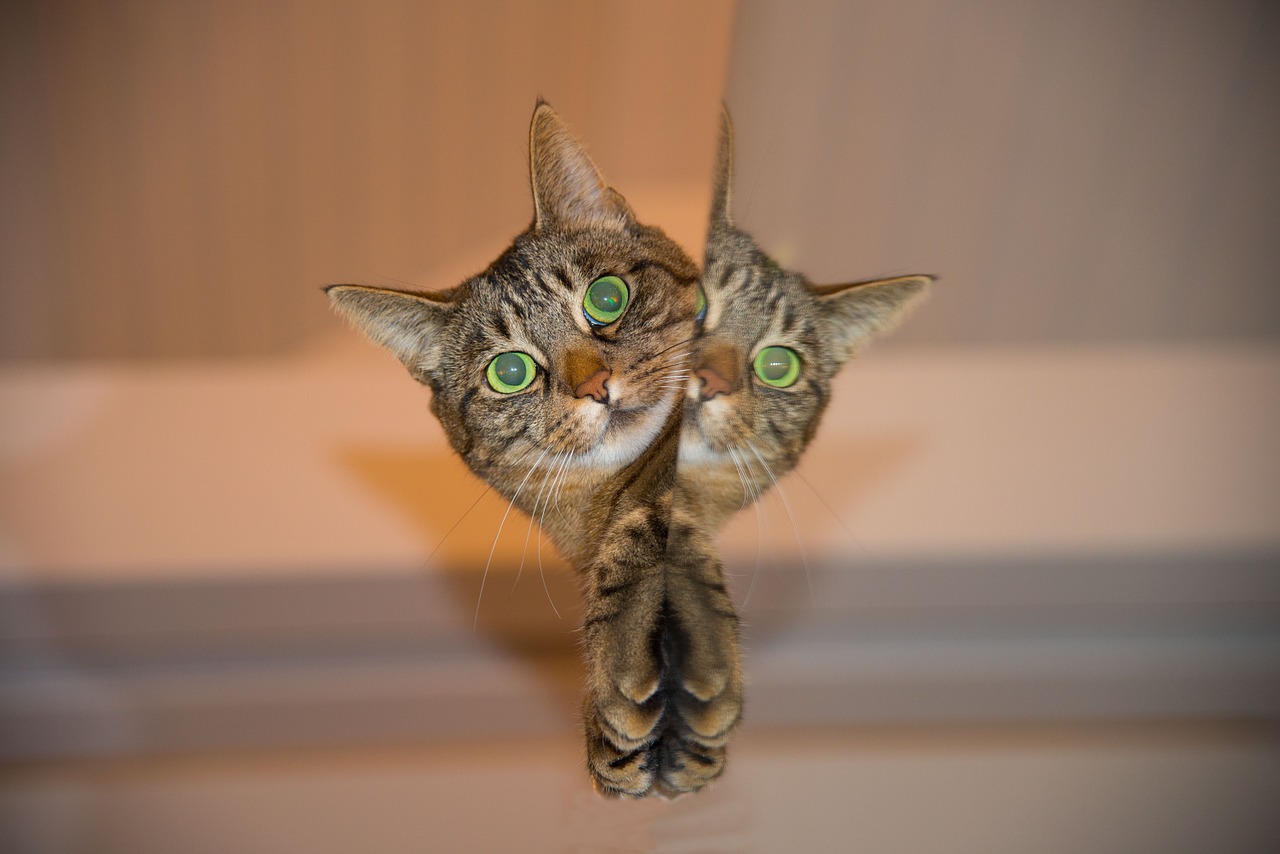Do you mirror in your presentations? When you gesture, do you translate your gestures for the audience?
Let’s assume you and your audience are from a left-to-right-writing culture. Then your imagery is also left to right.
- Before is left, after is right.
- Growth is a line from bottom left to top right.
- Past, present, future is left, middle, right.
- Pros are on the right, cons are on the left.
You get the idea.

For whom?
But whose left and right? Yours? Or the audience’s?
The answer of course should be: the audience’s. And that is called mirroring: you flip your gestures to make them more easily understandable for them. Does that matter? Yes, it does.
On a cognitive level they will be perfectly able to follow you if you don’t mirror, but you’re making it harder on the subconscious level. They have had a lifelong programming of what left and right are supposed to mean, and if you go against it you’re making your message fuzzy at best. It might even be that they don’t accept your reasoning but can’t really tell why. The unconscious is a powerful force.
Now of course this left-to-right is a cultural thing. Speaking to Arabs for example, your gestures need to be from right to left instead of left to right. For a mixed audience you’ll have to make it depend on the writing system of the language you’re presenting in.

Training
If you don’t mirror – yet – it may take some training to get it ingrained in your system. After all, you have a lifelong conditioning as well. But mirroring is a habit that’s not too hard to gain.
How do you practice movement? By doing it. Consciously. For your next speech or presentation, go over your gestures. Any gesture that’s not symmetrical is a candidate to be flipped.
Do I mean to say that you have to rehearse and plan all your gestures? Of course not, I’ve seen speeches of people doing that, and it doesn’t look real. But in GETTING fluent in mirroring, you need to plan and rehearse those gestures that need to be mirrored. That means they may look a bit odd in the beginning, but you’ll soon grow over that, and start mirroring automatically.
Do YOU mirror?
Have you always done so, or did you train yourself to do so? If so, any tips?


Thanks for you article. Let me take it one step further. What you have described is the reason why speakers – not necessarily moderators- should try to access a stage from the left (audience‘s) and back.
Bringing something new is done from left to right. Not the other way around. (Different with RTL – right to left reading audiences as Taiwanese and Arabian). Stepping forward literally implies entering from the back.
Thanks for your great article. Let me take it one step further. What you have described is the reason why speakers – not necessarily moderators*- should try to access a stage from the left (audience‘s) and back.
Bringing something new, exciting is done from left to right. Not the other way around. ( With RTL – right to left reading audiences as Taiwanese and Arabian it is the opposite as you said.)
Stepping forward literally implies entering from the back. Forward movements (downstage) are considered strong whereas going backwards (upstage) is considered to be a weak move.
* If you are the master of ceremonies enter from the left when it’s your time to shine, to make an important point or a speaker needs to be controlled. (going overtime, prone to giving lengthy answers in Q&A). If you want to really give the spotlight (and control) to the speaker, stand on his/her right side and therefore access the stage from the right.
Good points, thanks!
The front-back thing is worth a blog post of its own! As is the rest of what I call the speaker choreography.